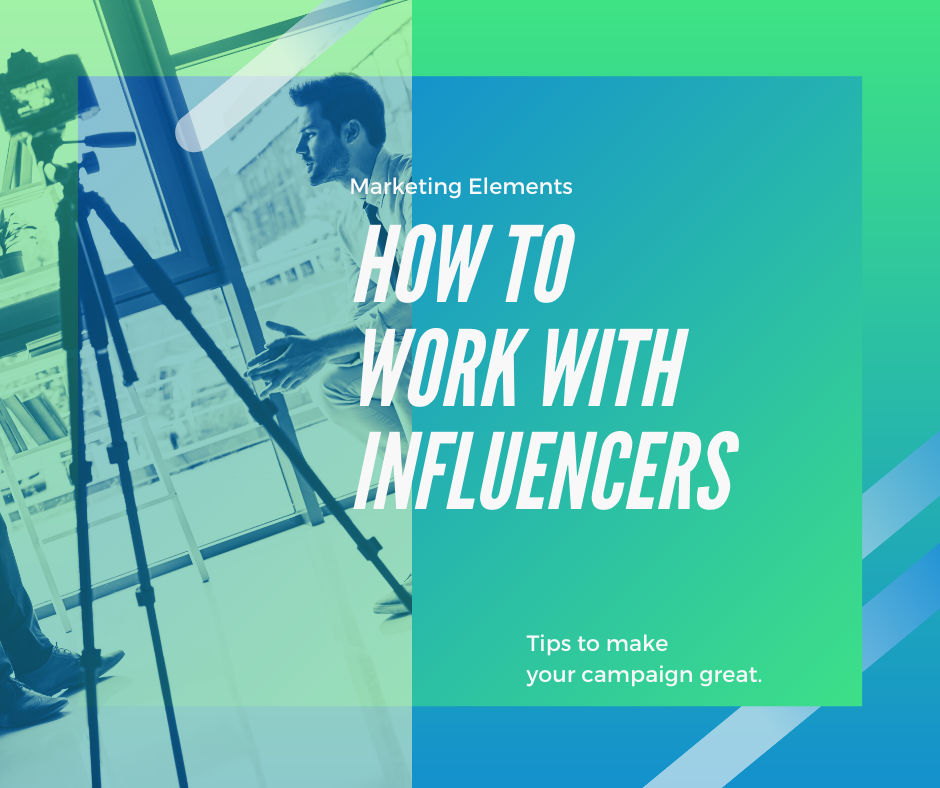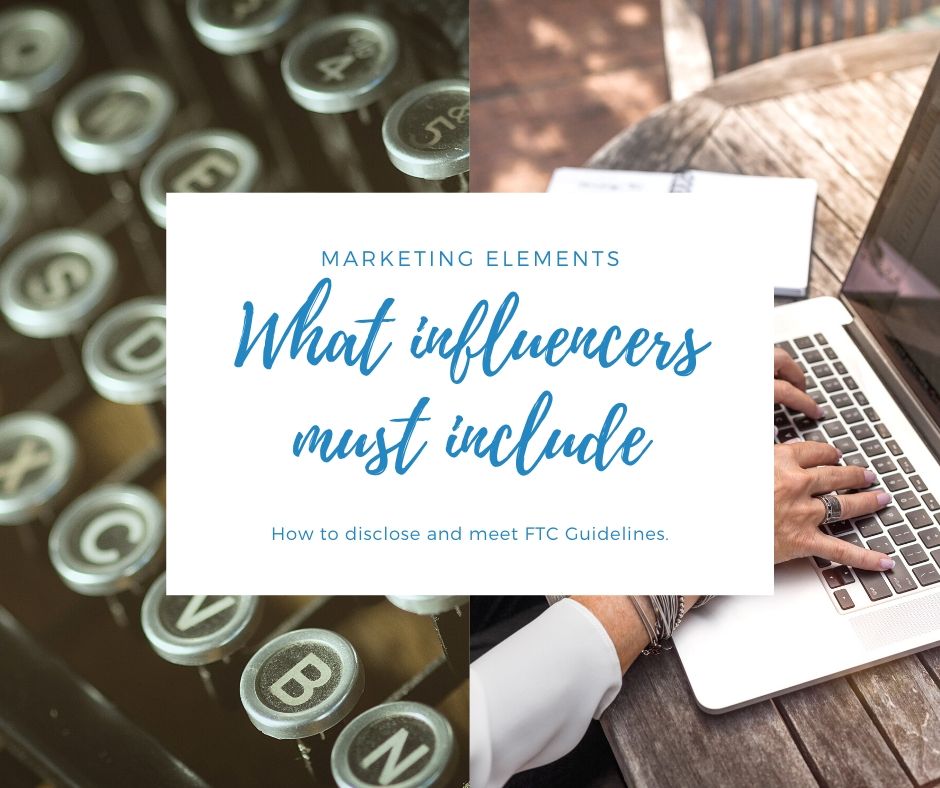Brand Ambassador programs are a lot of fun to manage. But, they are a lot of work as well. When I had a client give me the go ahead to create a brand ambassador program. I was very excited and happy. The client was in the men’s fashion area. It focused on activewear, swimwear, and underwear. It’s an interesting industry to be in and represent.

The first thing was setting up the goals. Our initial goal was branding. We wanted to get the brands he represents in the consideration set of consumers. Some of the brands were known in the market and others needed some work to get in front of consumers. Sales was a secondary goal. As I stated in previous posts, branding is not easy to show results to clients. We as marketers see results but to a small business, sales moves the needle. It’s what they want to see more than branding.
The next thing was finding ambassadors. I broke it up into two distinct sets of influencers. The first were fitness models and the second were real guys who were passionate about the space. It may seem an odd mix but it really worked. The recruitment of fitness models hinged on the fact they do 30-40 photo shoots a year. They constantly need new things to wear. It gave us a wide distribution channel. This allowed us to reach both men and women. The photo shoots let us have almost constant exposure of people to the brands. Lastly, it’s very common for fitness models have sponsorships. On top of that, they tend to have thousands of followers. The exposure was pretty much a no-brainer!
The regular guy may seem odd. On one hand, we have guys with model type bodies and here you have just a regular guy. One interesting thing I learned about the industry is for those who are passionate. They want to know how the clothes fit on real guys. Real guys were the ones driving conversations about products. Not just “go buy here.” But, what they liked and didn’t like, and giving other guys advice in what to buy. For the most part, I would let the guys drive the conversation. I would occasionally jump in when needed as the brand. Sometimes the guys would bring me into the conversations. Other times I would answer questions while monitoring conversations.
It was a great mix that worked well to increase branding. We had virtually free professional pictures produced on a regular basis. Then we had people driving conversations around the brands and products. The program accomplished branding goals when it was run.
Making a Brand Ambassador program work takes a lot of work. The first you have to find the right influencers to work with. You have to be on the same page and have expectations set up from the start. If you are new to an ambassador program, you’re going to mess things up. I surely did. The important thing is to let the influencers know this is a work in progress. That things will change and have them offer up suggestions as well. This will help the program succeed in the long run.
It’s important to have a list of talking points that you want to have the ambassadors get across to their followers. The best way to do this is by creating a bullet point list of important things to you and your brand. Then follow up with the influencer to make sure they are comfortable with the list. And they understand what you are asking them to do. If they aren’t comfortable with certain things. Listen to them and if their issues are valid, adjust the strategy. Don’t make them do something that goes against what they feel comfortable doing. It will only backfire in the end. Next, set up a call with each ambassador to go over the talking points. Answer any questions they may have. Then you have to let the influencers tell the story in their own way. This is the hardest thing for many brands. You hired them for a reason and let them prove their value.
If you are focusing on sales. It’s important to track their clicks. The easiest way is to give them UTM coded links for each campaign. It takes work to create links for each medium and campaign. This hard work, in the beginning will allow it to be easier to track in the end. Each tag will have a section in your Google analytics. Even if you’re not tracking sales its still a good idea to see who is driving traffic.
Analytics is not always the easiest in a Brand Ambassador campaign. Your analytics are easy. Mix in 4-6 other people and it can get complicated. The best way is to have each influencer send you analytics on everything they did each month. That way you can get their engagement rate, reach, and social media count. Social Media count is my way of saying how many times they posted in social media about your brand. If they can send you the raw data that is the best. Have them export and only send those posts that pertain to the program. Then you can compile all the ambassadors in a spread sheet and slice and dice as needed.
Lastly, don’t be set in your ways. Being super strict will cause influencers to drop off and not want to work with you. Yes, influencers talk and if you are demanding it will get around. Influencers know their audiences and will gladly share with you when something will or will not work. To me it’s about bringing your strengths as a brand and matching it up with the influencer strengths. Over the course of the program. The ambassadors came up with great suggestions that we implemented. Remember it’s a team effort and neither of you want this to fail.
Some things to remember when doing a brand ambassador program



